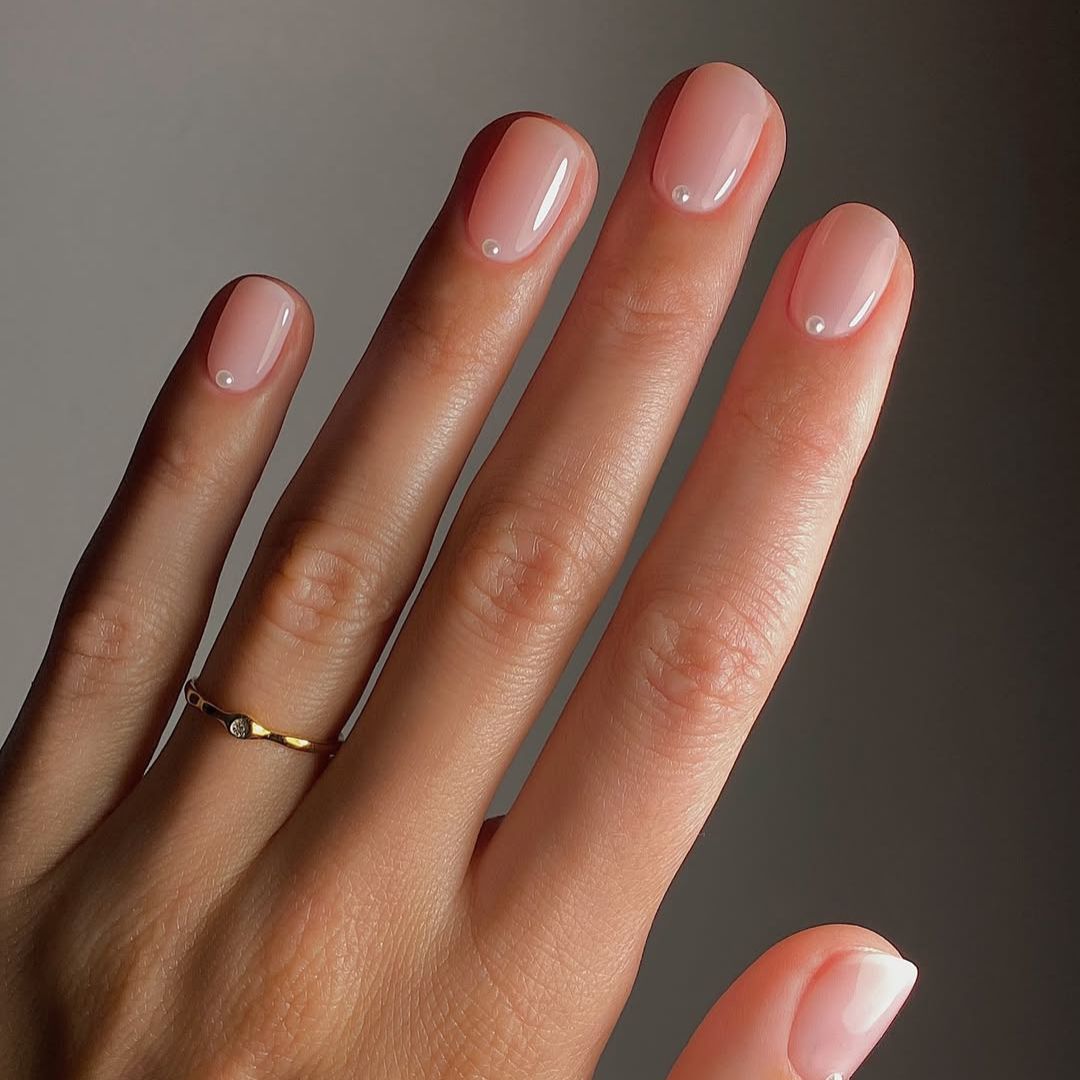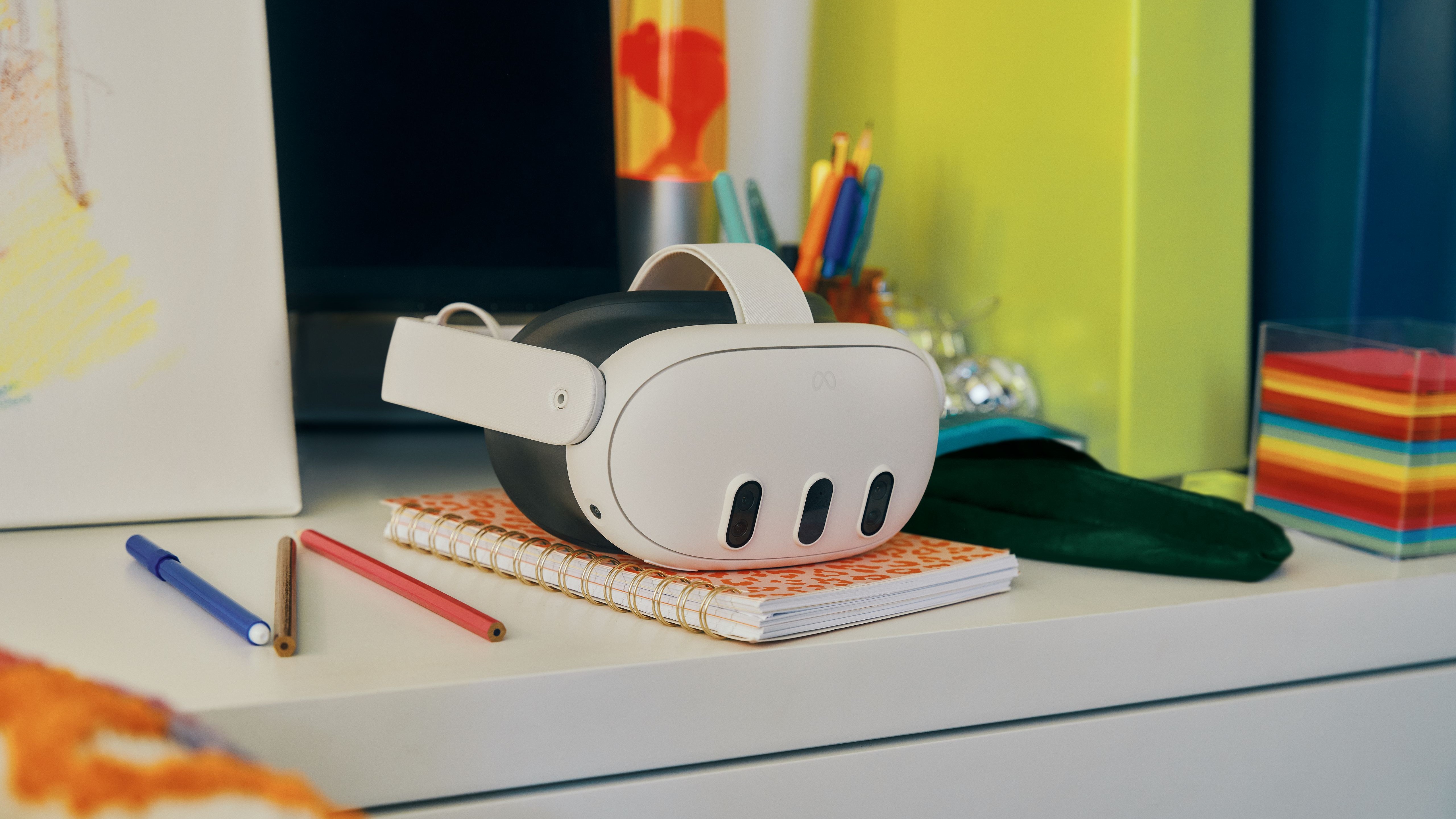Phone Comparisons: Samsung Galaxy S25 Ultra vs Vivo X200 Pro
The post Phone Comparisons: Samsung Galaxy S25 Ultra vs Vivo X200 Pro appeared first on Android Headlines.


Both Samsung and Vivo announced very compelling flagship smartphones for 2025. The thing is, these two phones are very different. We’re here to compare them, actually, as we’ll be comparing the Samsung Galaxy S25 Ultra vs Vivo X200 Pro. The Galaxy S25 Ultra does have wider availability, which is not surprising, but it’ll be interesting to see how it stacks up against the very best of Vivo.
As we usually do, we’ll first list the specifications of both smartphones and will then move to other sections. The designs of the two phones will be compared, as will their displays, performance, battery life, cameras, and audio output. There’s plenty to talk about here, so let’s get to it, shall we?
Specs
Samsung Galaxy S25 Ultra vs Vivo X200 Pro, respectively
– Screen size:
6.9-inch Dynamic AMOLED 2X (flat, adaptive 120Hz, HDR10+, 2,600 nits max brightness)
6.78-inch LTPO AMOLED display (quad micro-curved, adaptive 120Hz, DHR10+, Dolby Vision, 4,500 nits)
– Display resolution:
3120 x 1440
2800 x 1260
– SoC:
Qualcomm Snapdragon 8 Elite for Galaxy
MediaTek Dimensity 9400
– RAM:
12GB (LPDDR5X)
12GB/16GB (LPDDR5X)
– Storage:
256GB/512GB/1TB (UFS 4.0)
256GB/512GB/1TB (UFS 4.0)
– Rear cameras:
200MP (wide, f/1.7 aperture, OIS, multi-directional PDAF, 1/1.3-inch sensor, 0.6um pixel size), 50MP (ultrawide, 120-degree FoV, f/1.9 aperture, Dual Pixel PDAF 0.7um pixel size), 10MP (telephoto, f/2.4 aperture, OIS, 1/3.52-inch sensor size, Dual Pixel PDAF, 1.12um pixel size, 3x optical zoom), 50MP (periscope telephoto, OIS, 1/2.52-inch sensor size, PDAF, 5x optical zoom)
50MP (wide, f/1.6, 1/1.28-inch sensor, 1.22um pixel size, OIS), 50MP (ultrawide, f/2.0 aperture, 119-degree FoV, 1/2.76-inch sensor size, 0.64um pixel size), 200MP (periscope telephoto, 1/1.4-inch sensor size, f/2.7 aperture lens, 0.56um pixel size, 3.7x optical zoom, macro)
– Front cameras:
12MP (wide, f/2.2 aperture, Dual Pixel PDAF, 1/3.2-inch sensor size, 22mm lens)
32MP (f/2.0 aperture, 20mm lens, ultrawide)
– Battery:
5,000mAh
6,000mAh
– Charging:
45W wired, 15W wireless (Qi2 Ready), 4.5W reverse wireless (charger not included)
90W wired, 30W wireless, reverse wired (charger included)
– Dimensions:
162.8 x 77.6 x 8.2 mm
162.4 x 76 x 8.2 mm or 8.5 mm
– Weight:
218 grams
223/228 grams
– Connectivity:
5G, LTE, NFC, Wi-Fi, USB Type-C, Bluetooth 5.4
– Security:
In-display fingerprint scanner (ultrasonic) & facial scanning
In-display fingerprint scanner (ultrasonic) & facial scanning
– OS:
Android 15 with One UI 7
Android 15 with Funtouch OS 15
– Price:
$1,299+
RM 4,699 ($1,049)
– Buy:
Samsung Galaxy S25 Ultra (Samsung.com)
N/A
Samsung Galaxy S25 Ultra vs Vivo X200 Pro: Design
Both of these smartphones are made out of metal and glass. Samsung’s flagship utilizes titanium and glass, while Vivo’s uses aluminum and glass. The Galaxy S25 Ultra has sharper corners, and it has a flat frame. The frame is flat on the Vivo X200 Pro too, while both smartphones also have a centered display camera hole up top. Their bezels are also very thin, and uniform too.
With that being said, the Galaxy S25 Ultra has flat front and back sides, with a flat display. The Vivo X200 Pro utilizes a quad micro-curved design, which means its glass on the front and back are both curved on all four sides. The display on the phone is flat, though. Both smartphones include power/lock and volume up and down buttons on the right side. Those are the only physical buttons on these devices.
If we flip them around, you’ll notice vastly different camera setups. The Galaxy S25 Ultra includes five separate protrusions in the top-left corner. Four of those are reserved for its cameras. The Vivo X200 Pro, on the flip side, has a large camera oreo on the back, which is centered in the upper portion of its back. It houses three cameras there, and yes, that camera oreo does protrude.
The Galaxy S25 Ultra also has an S Pen, which is docked in the bottom-left section of the phone. Samsung’s phone is IP68 certified, while the Vivo X200 Pro comes with IP68 and IP69 certifications. Both smartphones are quite slippery, while they’re also very similar in terms of dimensions. The Vivo X200 Pro is slightly narrower, but they’re basically equally tall and thick. Vivo’s phone is heavier, though.
Samsung Galaxy S25 Ultra vs Vivo X200 Pro: Display
The Samsung Galaxy S25 Ultra features a 6.9-inch 3120 x 1440 Dynamic LTPO AMOLED 2X display. That panel is flat, and it supports an adaptive refresh rate of up to 120Hz. HDR10+ content is supported, and the display goes up to 2,600 nits of brightness at its peak. The screen-to-body ratio is at around 92%, while the display aspect ratio is 19.5:9. Corning’s Gorilla Armor 2 protection is included here.

The Vivo X200 Pro, on the flip side, has a 6.78-inch LTPO AMOLED flat display with a 2800 x 1260 resolution. That panel can project up to 1 billion colors, and it has an adaptive refresh rate of up to 120Hz. HDR10+ content is supported, as is Dolby Vision. The peak brightness here is 4,500 nits. The screen-to-body ratio is at around 90%, while the display aspect ratio is 20:9. Armor Glass protects this display. That glass is curved on all sides.
Both of these displays are outstanding, actually. They’re both vivid, have great viewing angles, and they’re more than sharp enough. The blacks are as deep as you’d expect them to be, while the touch response is good. The Vivo X200 Pro’s display does get a bit brighter, while the Galaxy S25 Ultra’s is outstanding when it comes to fighting off glare, thanks to Gorilla Armor 2. You can’t go wrong here.
Samsung Galaxy S25 Ultra vs Vivo X200 Pro: Performance
The Galaxy S25 Ultra is fueled by the Snapdragon 8 Elite for Galaxy processor. That is an overclocked variant of the Snapdragon 8 Elite, Qualcomm’s most powerful chip. That is a 3nm processor, in case you were wondering. Samsung also included 12GB of LPDDR5X RAM here, in most markets, but a 16GB RAM model is also available in limited markets. UFS 4.0 flash storage is used too.
The Vivo X200 Pro, on the other hand, utilizes the most powerful chip MediaTek has to offer. It’s the Dimensity 9400 SoC, which is also a 3nm chip. Vivo combines that with 16GB of LPDDR5X RAM inside of this smartphone, and UFS 4.0 flash storage. The storage is not expandable on either of these two smartphones. Both of those processors have proven to be outstanding too, and that translates to the performance here
Both of these phones offer outstanding performance, to say the least. They’re very snappy in basically every way, shape, and form. You can launch apps quickly, jump between them without a problem, and do basically everything else without a hitch. The same goes for gaming, actually. Both phones can run even the most demanding games from the Google Play Store. Overheating is not an issue on either phone, even though both do get quite warm during intense gaming sessions, but that’s perfectly normal.
Samsung Galaxy S25 Ultra vs Vivo X200 Pro: Battery
Samsung opted to use a 5,000mAh Li-Ion battery inside of the Galaxy S25 Ultra. The Vivo X200 Pro, on the other hand, utilizes a 6,000mAh silicon-carbon battery. That is quite a difference right there, as Vivo’s phone also has a slightly smaller display. Yes, the Vivo X200 Pro offered better battery life, in both our battery drain test and usage, but the difference was not that big, actually. The Galaxy S25 Ultra managed to hold in there, like a champ.
Both of these phones will be two-day battery phones for most people, in all honesty. Power users will be able to get through the day without a hitch. Getting over 8-9 hours of screen-on-time is possible on both devices, and we’ve even had some juice left in the tank past that point. The Vivo X200 Pro managed to cross the 10-hour screen-on-time mark and have some juice left. The battery life is outstanding, but do note that your mileage may vary. It all depends on how you use your phone, your signal, apps that are in use, and so on.
When it comes to charging, the Galaxy S25 Ultra supports 45W wired, 15W wireless (Qi2 Ready), and 4.5W reverse wireless charging. The Vivo X200 Pro, on the other hand, supports 90W wired, 30W wireless, and reverse wired charging. Vivo’s phone is the clear winner here, it will charge faster both via a wire and wirelessly, while it also includes a charger in the box, unlike the Galaxy S25 Ultra.
Samsung Galaxy S25 Ultra vs Vivo X200 Pro: Cameras
The Galaxy S25 Ultra features four cameras on the back. It has a 200-megapixel main camera (1/1.3-inch sensor), a 50-megapixel ultrawide unit (120-degree FoV), a 10-megapixel telephoto camera (1/3.52-inch sensor, 3x optical zoom), and a 50-megapixel periscope telephoto unit (1/2.52-inch sensor, 5x optical zoom).

The Vivo X200 Pro, on the other hand, has three cameras on the back, which are boosted by ZEISS optics and expertise. A 50-megapixel main camera (1/1.28-inch sensor) is backed by a 50-megapixel ultrawide camera (1/2.76-inch sensor, 119-degree FoV), and a 200-megapixel periscope telephoto camera (1/1.4-inch sensor, 3.7x optical zoom).
The Vivo X200 Pro is widely regarded as being the best camera smartphone out there at the moment, by many people. We’d say that it probably is, and if not, it’s definitely amongst the top three. The pictures you can get from this phone are outstanding in basically any lighting condition. We’ve managed to capture some truly stunning shots during our usage. The Galaxy S25 Ultra does have a compelling camera setup and performance, but it cannot really compete.
In comparison, the images tend to look oversaturated, and at times darker than they should be. The Vivo X200 Pro does a lot better job with balancing, and it’s more reliable overall. Its periscope telephoto camera is likely the best on the market at the moment, and it does overshadow what the Galaxy S25 Ultra has to offer. Both ultrawide cameras are at least a level below their main counterparts, though.
Audio
Both of these phones come with stereo speakers which have good loudness. They’re on par in that regard, and the sound quality is also on par. There’s even some bass coming from both speakers, they’re more than good enough.
There is no audio jack on either phone, but you can always use their Type-C charging ports for the same purpose. If you prefer wireless audio, which many people do these days, you’ll be glad to hear that both phones support Bluetooth 5.4.
The post Phone Comparisons: Samsung Galaxy S25 Ultra vs Vivo X200 Pro appeared first on Android Headlines.










![From freeCodeCamp to CTO with Robotics Engineer Peggy Wang [Podcast #159]](https://cdn.hashnode.com/res/hashnode/image/upload/v1738967132406/6ab8c7bb-397a-42b3-bb91-ff9c4842ead0.png?#)

































































